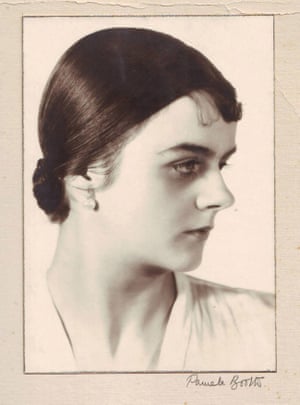
When I think of Clare Hollingworth, I think also of Lee Miller, whose photos were among the first to show the horrors of Nazi death camps, and the legendary Martha Gellhorn. A trio of personal heroes when I was an aspiring foreign correspondent and part of an extraordinary generation who made clear through their courage and brilliant work that women deserved a place at the frontline and on the front page.
Journalism, like most professions, was not at all welcoming to women when Hollingworth started out as a reporter in 1939. Her greatest scoop came several years before my own grandmother was forced to resign from her civil service job because she had decided to get married.
They ignored low expectations, disgust at their wide-ranging, unescorted travels and constant professional setbacks and slights to set the benchmark for all journalists, regardless of their gender.
Gelhorn’s husband, Ernest Hemingway, effectively stole her accreditation for D-Day. Undeterred she got on a ship headed for Normandy, then ventured ashore to report on the carnage while he prepared a well-dramatised story of the day’s events from his berth at sea.
Hollingworth, who rescued hundreds of people from the Nazis before becoming a reporter, was perhaps less famous outside the field of journalism than her peers, but not because her work was any less impressive.
She loved cordite, she would go to the smell of guns
Her first two stories, as a 27-year-old novice correspondent, together formed “probably the greatest scoop of modern times” – nothing less than a warning that the second world war was imminent because German troops had massed on the Polish border and, three days later, that an invasion had begun.
She could perhaps have been dispirited by such an extraordinary start. Many reporters with far __more pedestrian careers spend years worrying that their best stories are behind them. Instead she spent decades leaving other competitors in her wake and never lost her hunger for a good story.

She was the first to identify Kim Philby as a Soviet double agent and secured both the first and probably last interviews with Iran’s last shah. Physically she was extremely brave. “I miss the sound of bullets whizzing past my head,” she told Jane Robins, a writer who got to know her when working for The Economist in Hong Kong in the 1980s.
It was not bravado. She was nearly killed by a sniper bullet in Vietnam in the 1970s. Other close escapes included the 1946 bomb that destroyed the King David Hotel in Jerusalem, killing nearly 100 people, when she was just 300 metres away. It never put her off.
“She simply wanted to be at the story, full stop. She had nothing to prove,” said Paul Hill, who as foreign desk manager at the Telegraph for over 30 years spoke to Hollingworth most days. “She loved cordite, she would go to the smell of guns.”
She was the first to identify Kim Philby as a Soviet double agent
She was also indefatigable, working into her late 70s, calling Hill daily to ask if he had a story for her and reminding him she was always ready to travel. “She slept on the floor past retirement age, even when she had a perfectly good house or hotel, to keep in practice as she put it.”
The path she and her peers carved out has been followed and extended by many other women, from Kate Adie whose reporting defined the massacre on Tiananmen Square for a generation, to Marie Colvin, who gave first her eye and then her life to report the horror of wars around the world.
And while women who work as foreign correspondents and war reporters today are still outnumbered by men, Hollingworth and her peers made clear decades ago that any shortfall of women in the profession could not be blamed on lack of talent or courage. They showed those of us who were inspired by them that whatever sexism we faced, the best question for us to focus on was whether we could fill the very big shoes left by our heroes. I’m hoping I’ll be able to spend a lifetime trying.